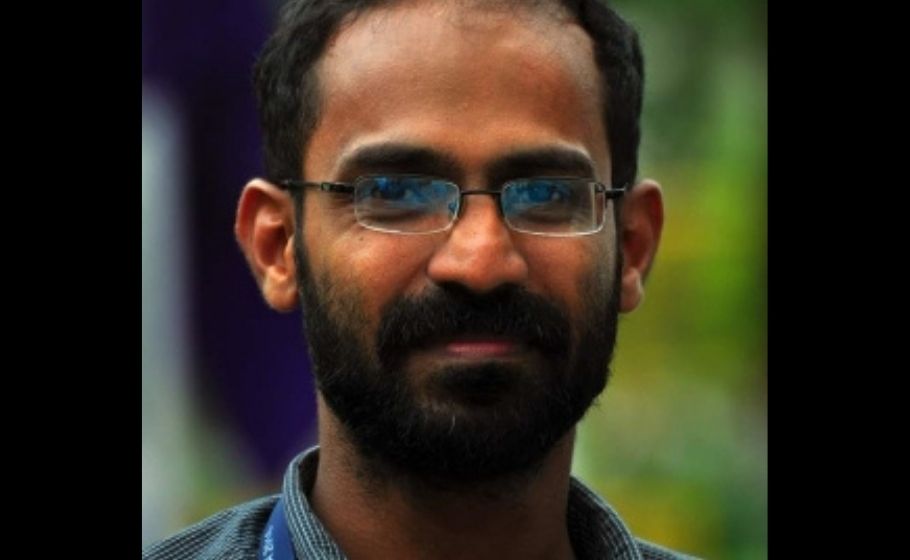
Who is Siddique Kappan and why was he in jail for two years?

Kerala Journalist Siddique Kappan, jailed in Uttar Pradesh for nearly two years, was granted bail today by the Supreme Court, which said “Every person has freedom of expression.”
Siddique Kappan was arrested on his way to Uttar Pradesh’s Hathras, where he said he was going to report on a 19-year-old’s gang-rape and murder. He was charged under the stringent Unlawful Activities Prevention Act (UAPA) for alleged terror funding.
The Hathras case drew massive outrage and protests over allegations that the state administration and the police were involved in a cover-up.
The young woman died days after she was gang-raped. Later, the UP police cremated her in the dead of night, in the absence of her family.
Also read: Supreme Court grants bail to Kerala journalist Siddique Kappan
What were the charges against Kappan?
A reporter for Malayalam news portal Azhimukham, Siddique Kappan was arrested by the UP police on the charge of trying to disturb law and order in Hathras. He had links with the Popular Front of India (PFI), said the cops. The journalist has always said he is being framed.
The FIR against Kappan registered on October 7, 2020, in Mathura charged him with Section 124A (sedition), 153A (promoting enmity between different groups on grounds of religion, etc) and 295A (deliberate and malicious acts, intended to outrage religious feelings of any class by insulting its religion or religious beliefs) of the Indian Penal Code (IPC), along with provisions of the Unlawful Activities (Prevention) Act (UAPA) and the Information Technology Act.
Kappan is also facing a money-laundering case filed by the Enforcement Directorate. The Supreme Court said he could apply for bail in that case too.
Several attempts to secure bail for Kappan, including the filing of a habeas corpus petition and a bail application in the Supreme Court, have come to naught.
Kappan’s lawyers had earlier tried to move the Supreme Court under Article 32 of the Constitution, to seek constitutional remedy for violation of fundamental rights. In May 2020, the Republic TV owner-editor Arnab Goswami had successfully used Article 32 to seek quashing of multiple FIRs against him on charges of inflammatory statements and promoting enmity between religious groups (Section 153A of IPC).
But when it came to Kappan’s case, the Chief Justice of India S A Bobde said the court was discouraging citizens from approaching it with Article 32 petitions.
What did 5,000-page long chargesheet say?
The UP government’s arguments in the Supreme Court had mirrored its 5,000 page chargesheet filed in 2021. The chargesheet was filed in April 2021, months after Kappan alongwith PFI members Atikur Rahman and Masud Ahmad, and their driver Alam, were arrested.
Kappan did not write like a “responsible” journalist, “only and only reports to incite Muslims”, and also wrote to “sympathise with Maoists and Communists”, the UP Special Task Force (STF) is learnt to have stated in the chargesheet filed against him.
The 5,000-page chargesheet included a case diary note, dated January 23, 2021, in which the investigating officer highlights portions from 36 articles written by Kappan for a Malayalam media house — on the Nizamuddin Markaz gathering after the Covid outbreak, anti-CAA protests, Northeast Delhi riots, the Ram temple in Ayodhya and the chargesheet against Sharjeel Imam who was jailed on sedition charges.
Referring to one of these articles “written during the CAA protests in AMU,” the note states: “In the writing, the Muslims have been portrayed as victims (who) were beaten up by police and were asked to go to Pakistan. It is evident from the writing that it has been done to incite Muslims.”
The note concludes: “These writings of Siddique Kappan, to a great extent, can be classified as communal. During riots, taking the name of a minority and talking about events related to them can incite sentiments. Responsible journalists do not do such communal reporting. Kappan only and only reports to incite Muslims, which is a hidden agenda of PFI (Popular Front of India). Some stories were written to sympathise with Maoists and Communists.”
In the previous hearing, UP had told the court that Mr Kappan is part of a larger conspiracy to “incite religious discord and spread terror”.
What were UP police’s allegations?
The police had claimed that Kappan worked as a “think tank” of the PFI. It alleges that he was attempting to publish “anti-Hindu” stories in the Malayalam media and had planned to inflame the Delhi riots. Police also accused him of trying to hide the death of Intelligence Bureau officer Ankit Sharma and head constable Ratan Lal, and downplay the alleged role of suspended AAP councillor Tahir Hussain, in the Delhi riots.
Also read: Siddique Kappan’s daughter delivers inspiring speech on civil rights; video goes viral
The investigating agency also alleged that Kappan, through his writing, tried to deny terrorism carried out by the banned organisation SIMI.
Police also submitted statements from two eyewitnesses who claimed that Kappan and Rahman were trying to incite a crowd against the administration, the day after the victim’s body had been cremated. The lawyer for the accused, however, said they were not even in the region at this time, and were only arrested on their way to Hathras, two days later. “These are dubious eyewitness statements since the accused had not been able to reach the village in the first place and were arrested on the way to it,” said Madhuvan Dutt, the counsel for the accused.

